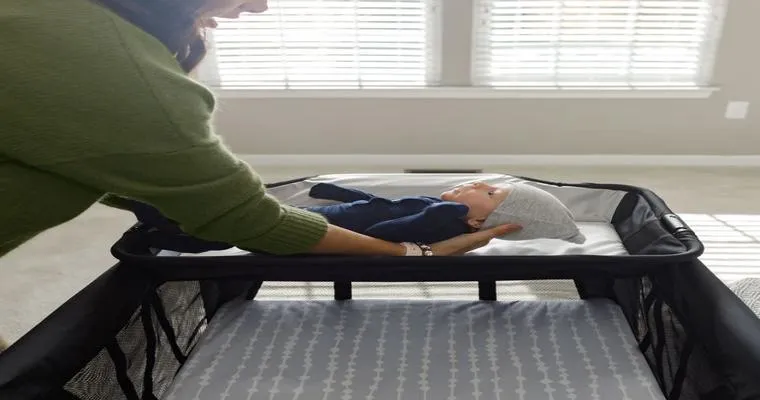Traveling can be a delightful experience, but for those dealing with "urinary incontinence", it can present unique challenges. However, with proper planning and the right strategies, you can enjoy your trip without unnecessary stress. Here are eight valuable tips to help you navigate travel while managing urinary incontinence effectively.
1. Plan Your Route Wisely
When traveling, whether by car, train, or plane, it's essential to plan your route with "restroom accessibility" in mind. Research the locations of restrooms along your journey. If you're driving, make note of gas stations and rest areas that offer clean facilities. For air travel, familiarize yourself with the airport layout to locate restrooms easily.
2. Choose Accommodations with Accessible Bathrooms
When booking a place to stay, prioritize accommodations that offer "accessible bathrooms". Many hotels provide facilities designed for guests with disabilities, which can be beneficial. Look for rooms that are equipped with grab bars and easy-to-reach toilets to enhance your comfort.
3. Pack Smart
Packing the right items can make a significant difference in managing urinary incontinence while traveling. Bring along "disposable pads", protective underwear, or any other supplies you may need. Consider packing extra items in your carry-on bag for easy access. It's also wise to include a change of clothes in case of emergencies.
4. Stay Hydrated, but Smartly
Maintaining hydration is crucial, but you may need to be strategic about how much you drink and when. Consider adjusting your fluid intake before and during travel to help manage your symptoms. Aim to drink enough water to stay hydrated but avoid excessive consumption right before a long journey.
5. Use Medications Effectively
If you take medications to help manage your urinary incontinence, be sure to keep them readily available during your travels. Carry them in their original packaging and ensure you have enough for the duration of your trip. Additionally, consult your doctor before traveling to discuss any potential adjustments to your medication routine.
6. Wear Comfortable Clothing
Comfortable clothing can make a significant difference when it comes to managing urinary incontinence. Opt for loose-fitting clothes that allow for easy access to the restroom. Avoid outfits that take too long to remove, as this can cause anxiety when you need to get to the bathroom quickly.
7. Communicate Your Needs
Don't hesitate to communicate your needs with travel companions, hotel staff, or airline personnel. If you're uncomfortable discussing your situation, you can always use discreet language. Most people will be understanding and willing to assist you in finding the nearest restroom or making accommodations.
8. Know Your Rights
Familiarize yourself with your rights as a traveler, especially regarding access to restrooms and accommodations. In many cases, businesses and public places are required to provide facilities for individuals with medical conditions. Understanding these rights can empower you to advocate for yourself during your travels.
Traveling with urinary incontinence may require some extra planning, but it shouldn't stop you from exploring new places. By following these tips, you can enjoy your adventures with confidence and ease. With a little preparation, you can make the most of your journey while managing your condition effectively.





